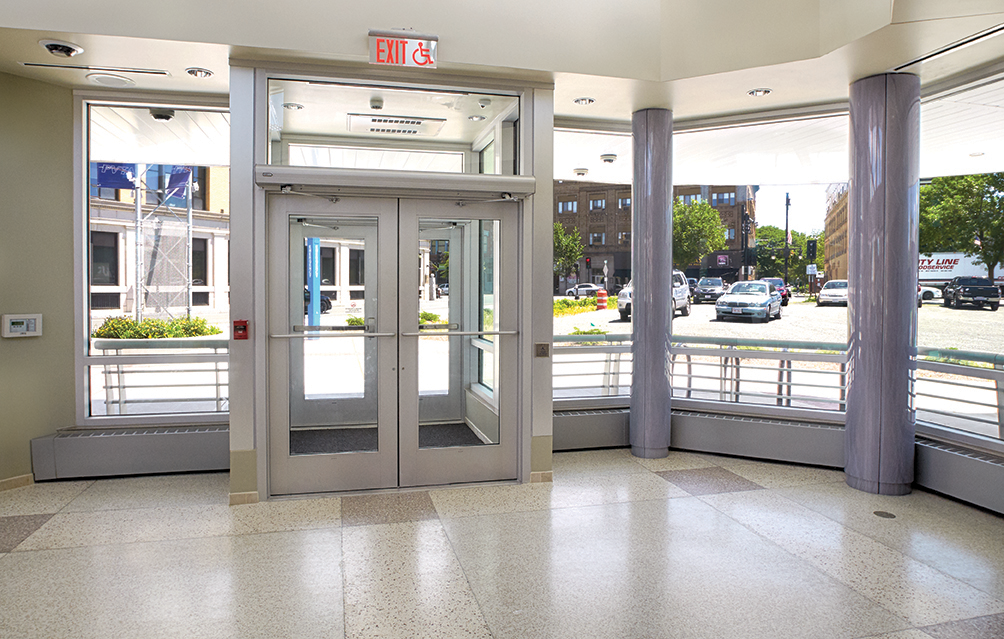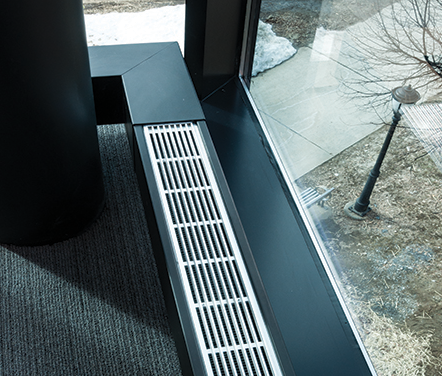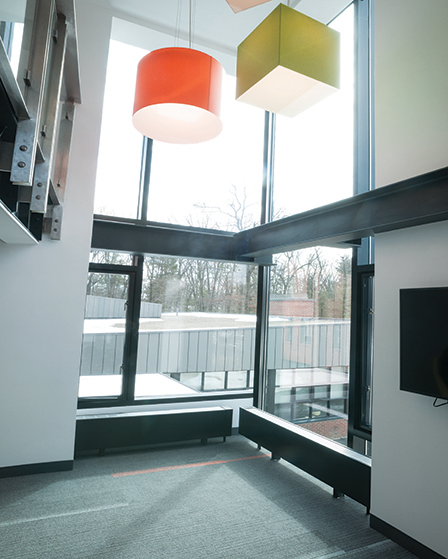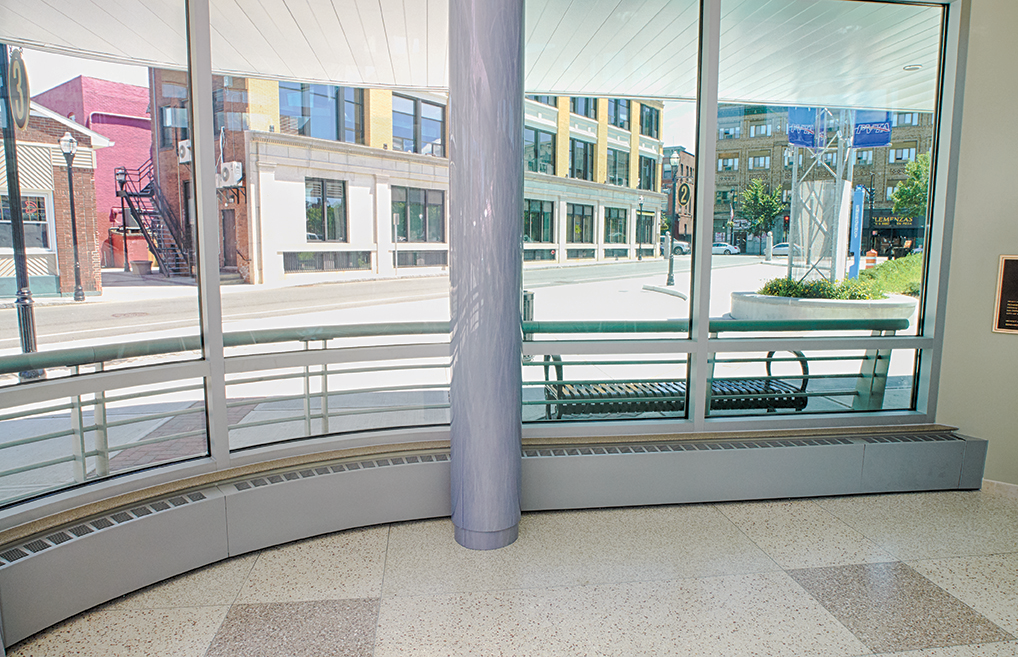
Convective hydronic finned tube heaters are draft free (convective air movement at 160°F AWT equals 25 CFM), clean, and silent. Airborne bacteria, dust, or allergens are unable to be passed throughout rooms via the use of a hydronic type of heating system. Hydronic heating systems use lower ambient air temperatures and radiant type heating. Hydronic heating systems do not dry out the air or cause unpleasant hot spots as do forced air heating systems.
Safe and comfortable
A high efficiency boiler is used to heat water which is then circulated throughout the system by a small pump. Each area can be individually controlled so only the amount of heat needed is used. This ensures a greater level of comfort and even spread of temperature over the building and saves energy by not heating up the whole building unnecessarily to one temperature setting.
Convective hydronic finned tube heaters do not rely on noisy blowers or fans that cycle on and off. The electrically powered components used in a hydronic system requires minimal electric consumption when used with either standard condensing or the new, higher efficiency non-condensing boilers and multiple circulator pumps. Compact copper tubes also take up little to no valuable building space compared to the large ducts required for forced air systems.
Working for More Green
Vulcan commercial finned-tube radiation provides standard, nominal size 3/4 copper tube mechanically expanded into aluminum fins. The high recycled content of the aluminum and steel materials used for the element fins and enclosures is very LEED friendly.
Greater Comfort with Room-by-Room Temperature Control
When utilizing the many advanced control devices available, each room allows for comfort settings for the occupants based on personal preference.
Clean and Healthy
Heat from the natural convective action is distributed evenly along the exterior walls of the room, warming the wall while replacing the cold with warmth. When using hydronic heating systems, the building’s ventilation system can be reduced in size, allowing additional budget to increase the quality of the indoor air quality system. Th is will provide cleaner and better air quality, and fewer airborne germs circulated throughout the building.




